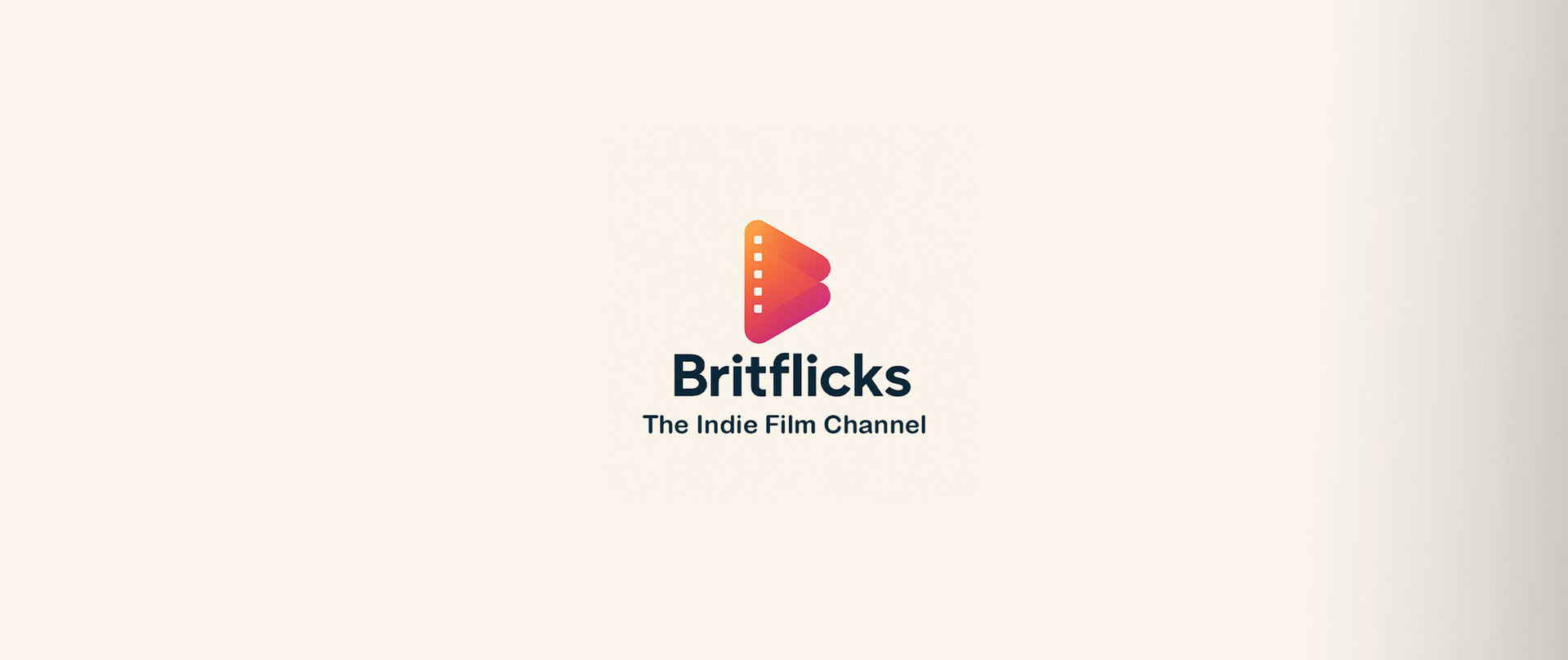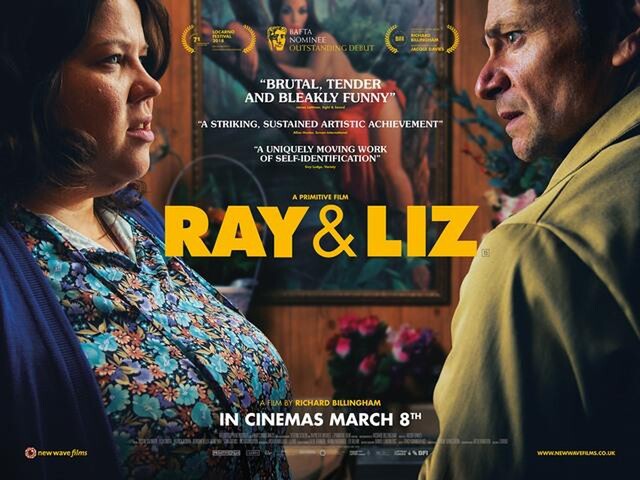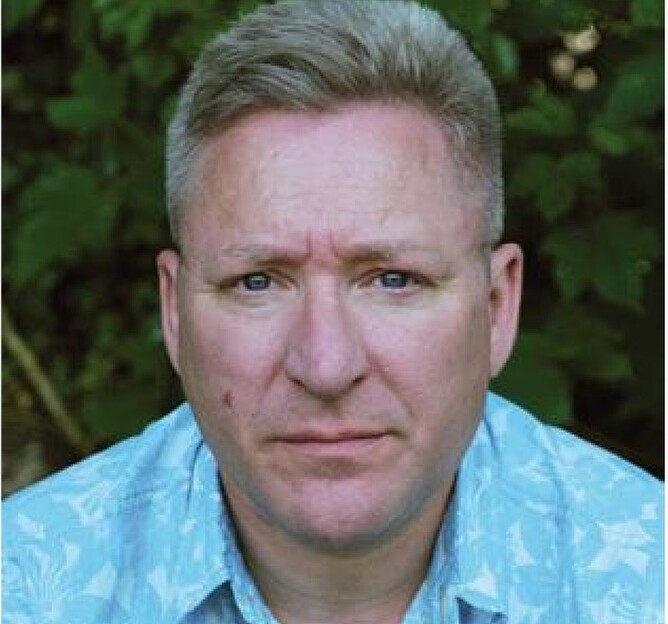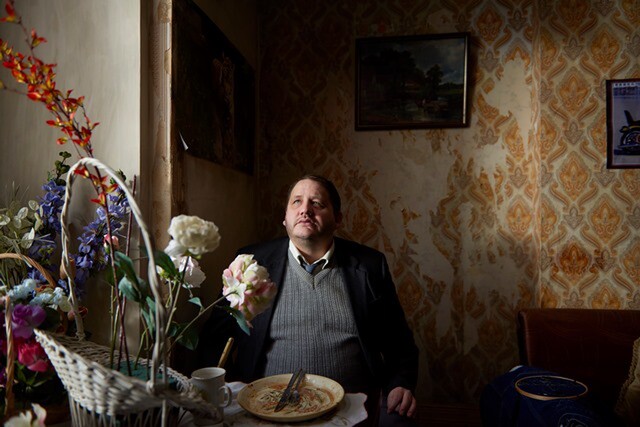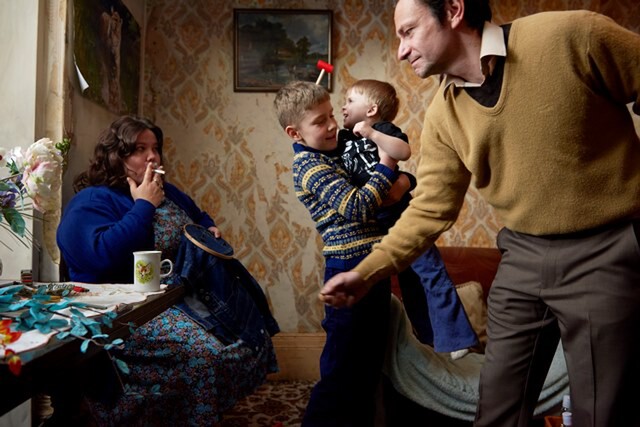RAY & LIZ is in UK Cinemas 8th March 2019, courtesy of New Wave Films.
Renowned photographer Richard Billingham makes his feature-film debut with this intricate family portrait, inspired by his own memories of growing up in the West Midlands in the late 70s and early 80s, and then his father and mother in the late 90’s.
Billingham revisits the figures of his earlier photographs — his alcoholic father Ray; his mother Liz; and his younger brother Jason — with a series of family vignettes where life, lived on the margins of society and societal taboos, can spiral out of control.
RAY & LIZ is in UK Cinemas 8th March 2019, courtesy of New Wave Films.
Born in 1970, Richard Billingham is an English photographer, visual artist and filmmaker.
Recipient of the Deutsche Börse Photography Prize in 1997, his work has been exhibited at the Tate, the Metropolitan Museum in New York and the Victoria and Albert Museum amongst others. In 1998, he directed his first short documentary, Fishtank. RAY & LIZ is his first feature.
What’s the link between the original photography series Ray’s a Laugh and this film?
I’m providing a backstory for the photographs. I had the idea for the film years ago, as long ago as when I was still living with Ray. I thought of the situation as a film. It’s all shot from lived experience. As much as possible, it’s based on the way I remember things. I want that to come through in the film, more than anything. Some of the photographs are referenced in the film. Even though it’s set at a different time, some of those motifs are familiar. Making the film was like going back in time.
Why did you originally start taking photographs?
The photographs were source material for paintings. I only shot ten rolls of film in the space of a year. I was poor, so every shot counted. If the technology had been different I probably would have taken some documentary footage at the time.
What’s the link between the original photography series Ray’s a Laugh and this film?
I’m providing a backstory for the photographs. I had the idea for the film years ago, as long ago as when I was still living with Ray. I thought of the situation as a film. It’s all shot from lived experience. As much as possible, it’s based on the way I remember things. I want that to come through in the film, more than anything. Some of the photographs are referenced in the film. Even though it’s set at a different time, some of those motifs are familiar. Making the film was like going back in time.
What was it like to ‘go back in time’ and work on a film that was essentially a dramatised memory?
Was it strange? Lots of people ask that. But you’re so pressured with time and money that you don’t have time to reflect. You don’t have the luxury of that, you just get on with it.
You focus very carefully on gestures, body language and minute physical moments. What do they provide as a director?
I wanted the sections of the film about older Ray to be about to be about a man in a hermit-like existence, unaware that anyone is watching him. In doing that, a shot of him picking up a glass, or lighting a cigarette, montaged together, can create a lot of significance. We didn’t have a shot list, there was nothing like that. We’d go in each morning and have a thought: “This looks interesting. Let’s do this bit here.” I know what things look like in camera. When you get a close-up of something, I know that a twitch of a finger or something like that can make a massive difference.
When you were casting, what were you looking for?
The casting took ages. The actors came from theatre, apart from White Dee (Deirdre Reilly), who came from reality TV. With Patrick Romer, who plays the older Ray, once he was in dress he looked remarkably similar. I had to tell him not to act. Instead of doing three facial movements, just do one, I’d say, otherwise it looks confusing on screen. I would say: “Stay there, close your eyes, keep still, don’t do anything.” He said to me: “I’ve done seven years at RADA for this.”
How did White Dee take to the experience?
We met in a McDonald’s Drive Through. She was nervous. It was a risk for us, but a risk worth taking. With actors who have little experience, you have to expect them to behave as they do. That’s what I was looking for.
How would you describe your childhood to someone that doesn’t know you? What was it like growing up?
I’ve just been reading a book called The Girl With No Name, about a girl who grew up with monkeys in Colombia. She seems to have fond memories of that. When we were in the terraced house, we lived in the street without cars. I had mates in the street, and we went in and out of people’s houses. I don’t think I was very happy in the flats, because you were stuck up in the sky. You had a great view, but piss and shit in the lifts, and every square inch of the walls were covered in racist graffiti. There was a feeling of threat. I wanted to get out as soon as possible. It was anxiety provoking. I felt threatened, but I got used to it.
What was it like to leave home for the first time, and to see the world beyond Ray and Liz?
We were never taught to be ambitious or to have expectations. Kids are taught to go after things. I never had that, and it didn’t help. It felt good that I wasn’t there anymore. I saw it as a positive. I had freedom. I was at university, so I met like minded people.
Liz’s crafts - her jigsaws and possessions - play an important part in both the photography and film. Can you comment on that part of her life for me?
With Liz, there was never a sense of artistic purpose. She placed objects very carefully, and she loved crafts, but there wasn’t any meaning to it. There was a different sort of purpose. The purpose was to pass the time I guess. It was very rare she would complete anything - she would want to start something else.
How was your photography first discovered?
Julian Germain gave a talk about his own photographs at my university. I liked the way he talked about them as his own pictures, rather than documentary photographs. He talked like an artist about them, so I showed him some of my photographs. He looked at each picture and say: “That’s fuckin’ great, that is.” Then he’d look at the next and say the same thing. He’d look at them pictorially, which I connected to. He didn’t ask questions about what was going on. He wanted to talk about them as pictures.
Ray’s a Laugh was hugely successful. How did you handle that attention?
Two years after I graduated, Julian helped to get it published. It was a nice surprise. I was working at Kwiksave. I found a sense of belonging when I went to uni, and I found a greater belonging when I found the art world.
